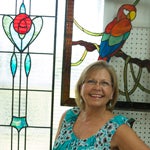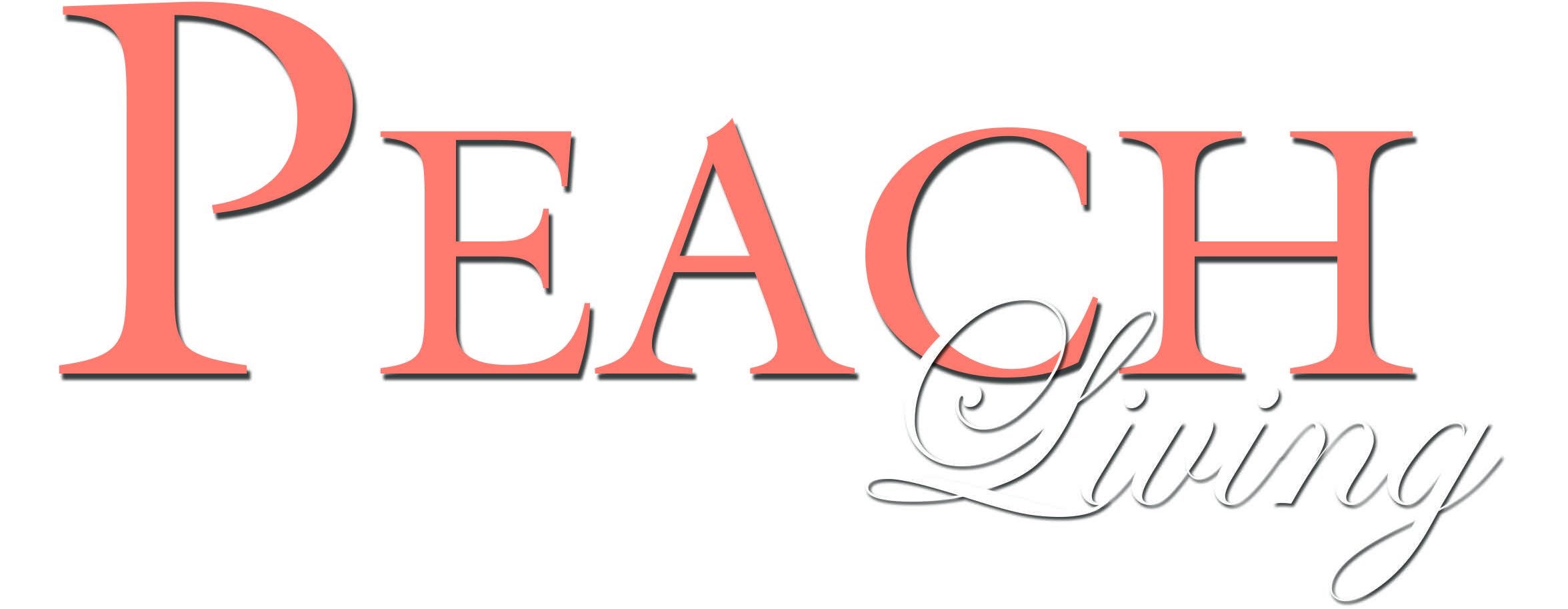By Scott Mims
Artists use many different mediums to express their creative powers. Glass is, perhaps, one of the most interesting and challenging of these. The way glass filters and reflects light can create endless perspectives from which to appreciate a piece of art.
Lynoitte Hathcock loves to create things with stained glass. Her studio, a well-lit room that shares a space with her husband’s workshop behind their Clanton home, houses a vivid gallery of her work and a glass library of countless colors and textures.

“From the minute I put my hands in glass, I was just hooked. It was sometime in 1997 I decided, ‘I’m going to do that,’” said Hathcock, 57. “It was fascinating to me that you could take a piece of glass and make it look like whatever you want it to look like.”
But it was in 1985 that she created her first piece of stained glass art. For several years, she simply didn’t have the workspace, tools or tricks of the trade to continue on her own. But an encounter with glass artist David Schlueter of Buck Creek Stained Glass in Helena changed that.
“After taking his class, I completely changed the way I cut glass. It gave me a chance to really get my hands into some things I had not done before,” Hathcock said.
Following her apprenticeship, Hathcock had the opportunity to teach an introductory class to other aspiring artists at Buck Creek. This experience not only boosted her confidence but also allowed her to pass on her knowledge to other people.
“[Before] I never thought of myself as having any ability as far as art, crafts or anything like that,” Hathcock said.
You could say Hathcock is on the “cutting edge” of art; perhaps the part of her projects that demands the most patience and skill is cutting each piece of glass. Some cuts can be quite difficult, particularly the sharp curves that require many different cuts in order to achieve the desired shape. This is because a piece of glass can only be cut all the way across with each pass.
In other words, there are no shortcuts.
“I have literally been up all night long trying to get one curve,” she said.
To make cuts, Hathcock utilizes a pair of shears with three diamond head blades lubricated with oil. She also uses an electric ring saw with diamond blades. She then refines each piece with a grinder.
When all pieces have been cut, it’s time to assemble them into the finished project. There is more than one method of piecing together stained glass. The “copper foil” method involves edging each piece with foil tape and putting them together, not unlike a jigsaw puzzle. The pieces are then soldered together.
The “lead came” method employs a frame with channels on each side; the pieces are slid into the frame and the joints are soldered together.
“It’s an older method than the copper foil. You can’t be as detailed with this method,” Hathcock said.
The beauty of a piece is in the details. In some designs, many different pieces are cut and assembled to form complex images, such as a parrot perching on a twisted branch. This piece, an original design of Hathcock’s, is her favorite.
Before a project can exist in glass, however, it must first be imagined and drawn as a pattern. The pattern is then copied and numbered according to each piece of glass.
Hathcock uses both original patterns, such as a Chilton County peach, and public domain patterns. She has sold a few of her own.
“I’ve given away more glass than I’ve ever sold,” she said.
The most challenging projects, according to Hathcock, have been mirrors, because they are easily scratched. The most time consuming was a large mirror with 40 or more orchids. This took about three months to complete.
“I went through a lot of mirror because I kept scratching it and I didn’t understand what I was doing,” Hathcock said of her first experience working with mirrors.
Aside from filtering light, stained glass projects can have other functions, such as bathroom privacy windows, tables, night lights and business card holders.
One of the most creative aspects of stained glass art is glass selection. There is a universe of colors and textures to choose from, and color and texture are important when deciding how to convey a certain object.
“Different kinds of glass have different personalities, depending on what metals [and minerals] are in it,” Hathcock said.
All this might sound difficult and complicated, but Hathcock says anyone can learn these techniques. She hopes to teach more people through the Chilton County Arts Council.
When asked what she hopes to accomplish through a particular piece, she said, “I really wish that people would look at a piece and say, ‘I want to do that’ and believe they can.”
Hathcock and her husband, James, have two grown children.
Anyone wishing to contact her may do so via e-mail at lynoitte@bellsouth.net.
